Every morning, over tea, Sai tells me something new about the Shwezigon Pagoda, which I have been assiduously avoiding.
“Do you know why the temple was placed here?” he asks as I cut into a piece of dragon fruit.
“No, but I’m sure you’re going to tell me.”
“Because the king placed a tooth of Buddha on the back of his white elephant and set the animal free with this oath, ‘May my white elephant bow down at the spot where the tooth relic wishes to reside.’ And this is where the elephant bowed his head.”
I wasn’t going to ask Sai why the king had a white elephant or the tooth of Buddha.
Another morning: “Do you know why the king could not complete building the temple?”
“Tell me.”
“Because he was killed by a rampaging buffalo.”
Again, there were unspoken questions: Why would the king be in a position to be killed by a rampaging buffalo? And why the hell didn’t his white elephant save him?
Another morning: “There are twenty-one lions, sixteen crabs, and sixteen sea frogs at the Shwezigon Pagoda.”
“Fine, Sai. Let’s go see the crabs and sea frogs today.”
So we went to the Shwezigon Pagoda. Which I knew we would sooner or later. I just wanted to make Sai work for it. It was beautiful. Of course. And when we were finished admiring the golden stupa and the sixteen crabs and sea frogs, I had a question for Sai: “Did you know the sound of a drum beaten on one side of the pagoda cannot be heard on the other side?”
Sai lifted his eyebrows and looked surprised. “No, I did not know this, Ko David.”
I nodded and walked on.

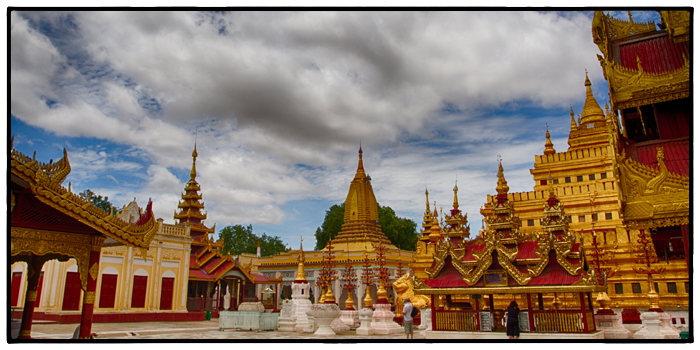
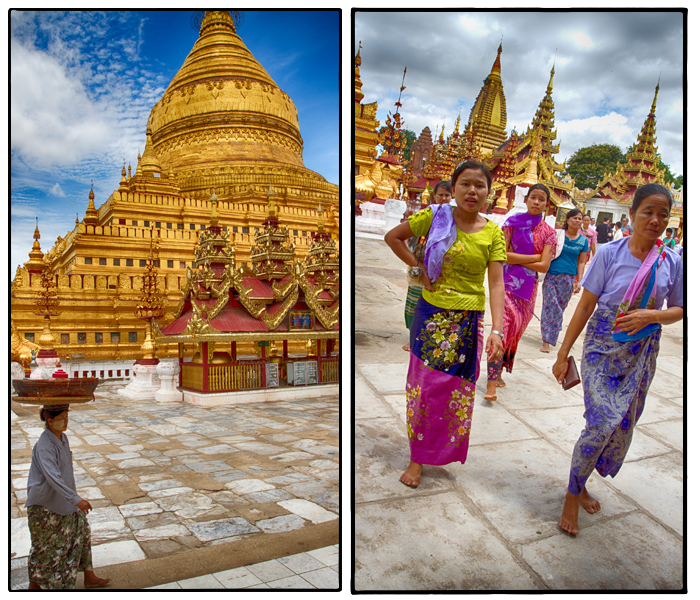

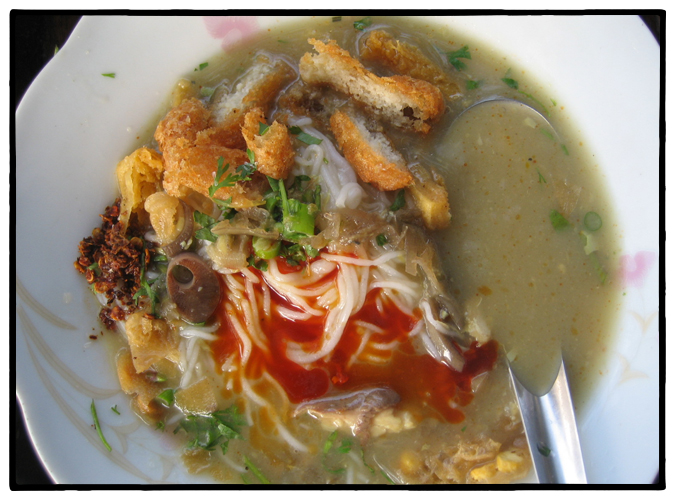

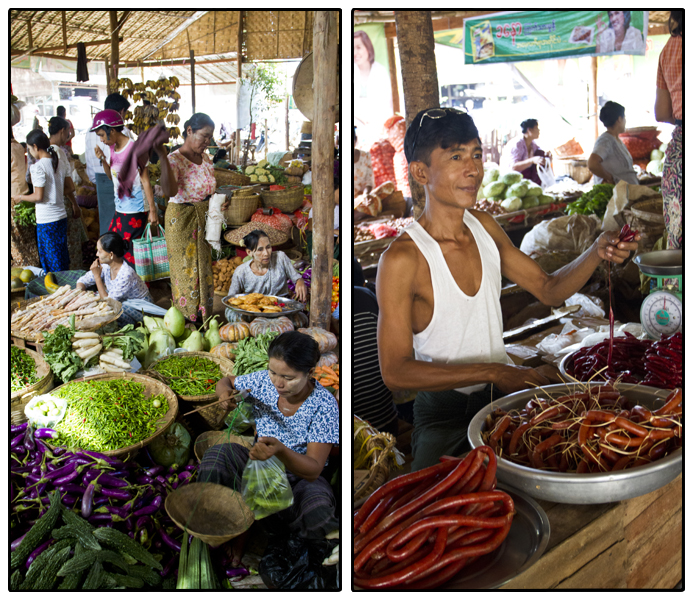
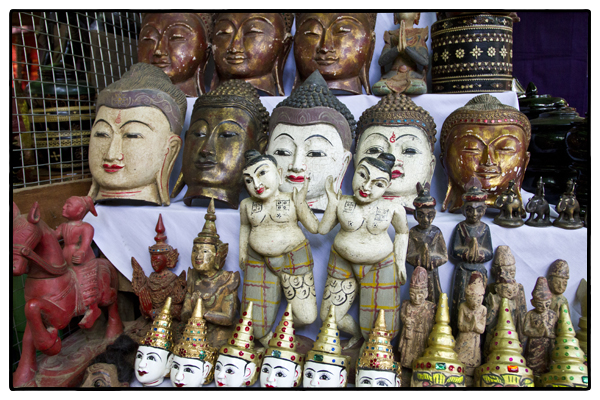

Recent Comments